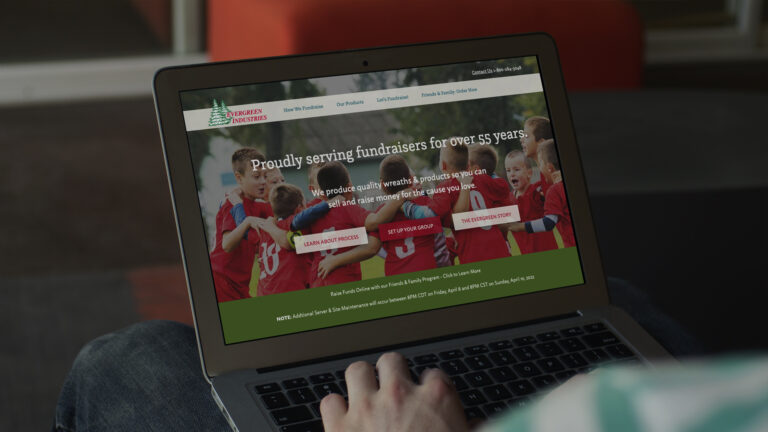Setting fundraising goals is a critical step for any successful fundraising campaign, particularly for organizations aiming to meet financial objectives. Establishing a clear fundraising goal provides direction and motivation for teams, but it can be challenging due to uncertainties. Partnering with a reputable supplier like Evergreen Industries can enhance campaigns by offering high-quality products like the balsam fir wreath that appeal to supporters. This guide outlines practical steps for how to set a fundraising goal that is both realistic and achievable.
Leverage Historical Data for Accurate Goals
Setting fundraising goals for organizations with previous fundraising experience requires evaluating past performance. Examine the money that was raised during earlier campaigns. Has the organization achieved its goals? Were there enough funds for scheduled events like supplies or trips? Setting fundraising objectives that correspond with present needs is made easier with the help of historical data.
Consider last year’s expenses for trips, outings, or supplies, adjusting for inflation. Create a spreadsheet detailing the costs for this year’s objectives, such as a group trip or equipment purchases. For example, if fundraising for premium decor like the balsam door swag from Evergreen Industries, estimate costs per person and include additional expenses for gear or miscellaneous items. Divide the total by the number of fundraisers to determine individual fundraising goals examples.
Price Products Strategically
Once individual fundraiser goals are established, pricing products appropriately is essential. Historical sales data can guide this process. For instance, if each participant needs to raise a specific amount, calculate how many units of products, such as the pine wreath, each person must sell. Evergreen Industries offers a range of premium products that can be priced to meet fundraising goals while appealing to buyers seeking quality decor.
Confirm Returning Large Orders
Performance goals for fundraisers can be greatly impacted by large orders from previous years. Ask previous high-volume purchasers, like a hotel chain or corporate parent, if they intend to place comparable orders this year. A company that purchased several high-end wreath lake superior items the previous year, for for example, might make the same purchase this year. Early confirmation guarantees realistic planning and aids in improving the fundraising objective.
Develop a Fundraising Goal Statement
By bringing the campaign into line with the organization’s mission, a written fundraising goal statement increases success rates. By outlining the target amount and its intended use, this statement should provide guidance on how to set a fundraising goal. For example, money collected from swag sales could go toward educational excursions or community initiatives. Team members remain inspired and committed to the campaign’s goal when this statement is shared.
Establish a Campaign Timeline
A structured timeline is vital for managing fundraiser goals, especially during busy periods. Break the campaign into manageable milestones, such as recruiting volunteers, creating marketing materials, or distributing products. A timeline ensures tasks like training or event planning are completed on schedule. For example, teams selling itsacan swag can set deadlines for order collection and delivery, keeping the campaign on track.
Build Community Awareness
Beyond immediate funds, fundraising goals examples include long-term benefits like community engagement. Promoting products like those from Evergreen Industries on social media, in print, or at local events raises awareness. Even if someone doesn’t purchase a wreath this year, they may remember the campaign and buy next year. This approach strengthens the organization’s presence and supports future goals for fundraising.
Stay Focused on the Purpose
Regular reminders of the campaign’s goal keep everyone inspired as teams strive toward their fundraising target. It’s satisfying to sell beautiful decorations like wreaths or swags, but nothing compares to using the money to accomplish worthwhile goals. Organizations can learn how to select a fundraising program and establish fundraising objectives that lead to success by following these steps.
Setting fundraising goals strategically allows organizations to confidently plan their campaigns, utilizing high-end products and well-defined goals to produce significant outcomes. Enjoy the process and good luck!




